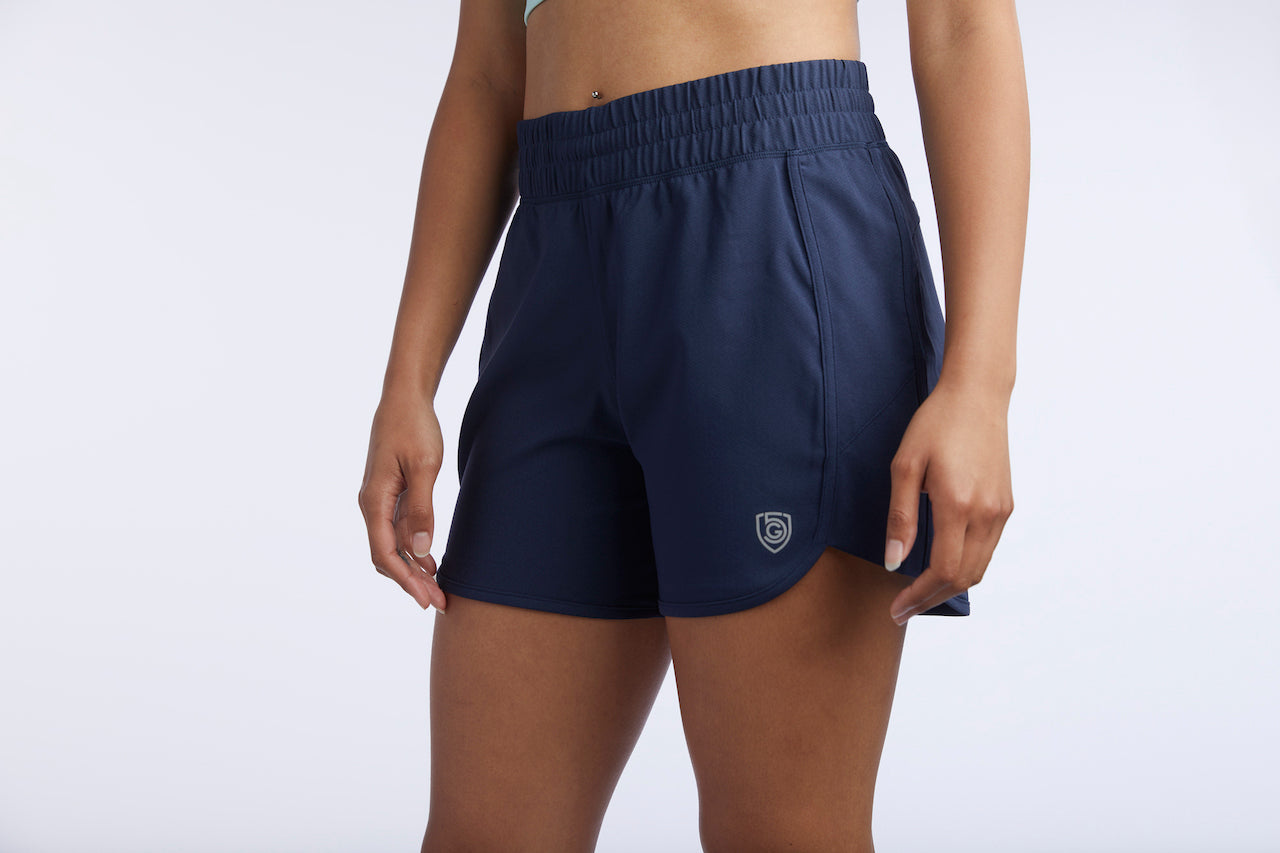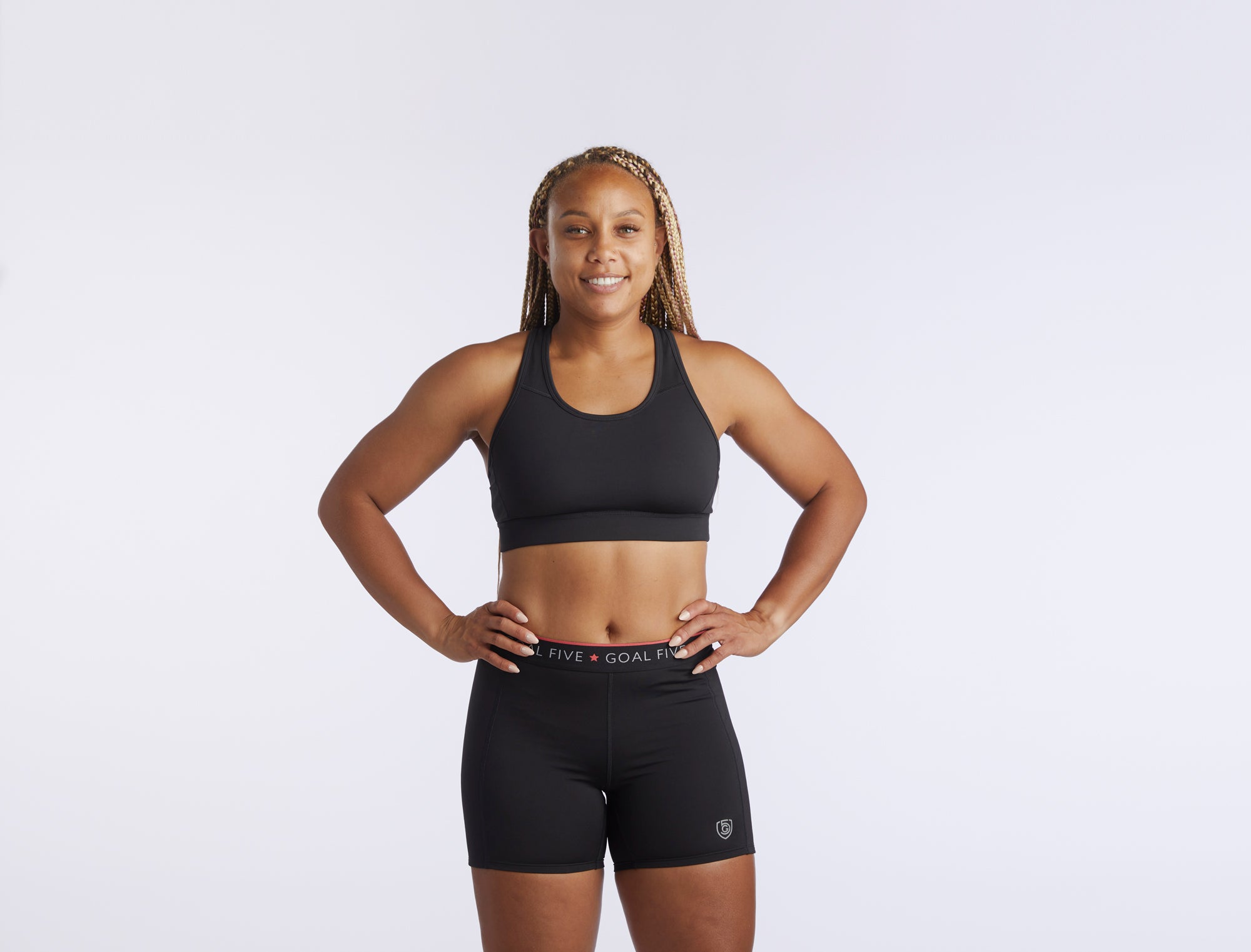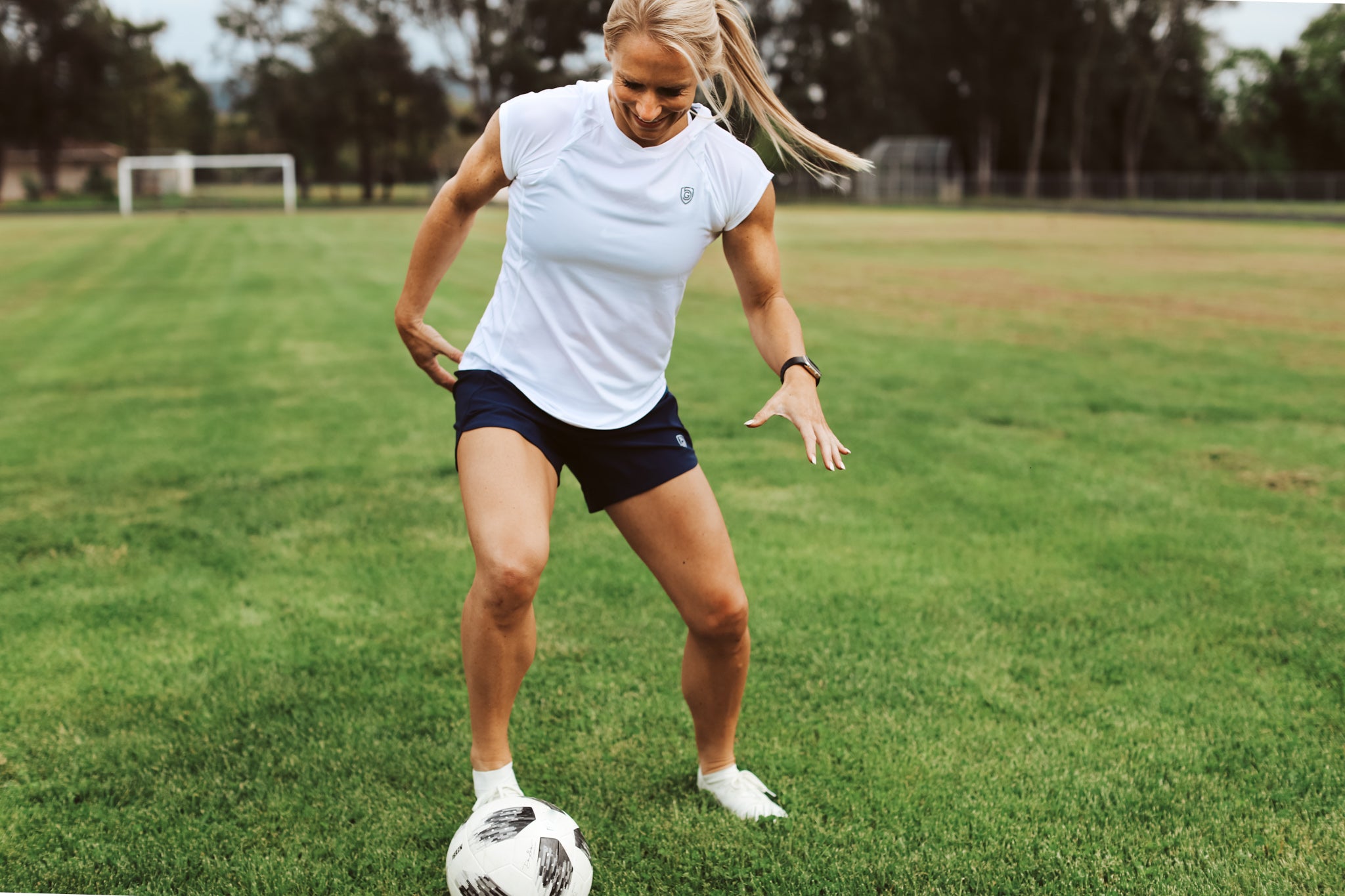In powerlifting, as in all competitive sports, the devil is in the details. Athletes are careful to select gear that helps them perform but is also safe. Among the many accessories required, wrist wraps stand out as one of the most essential items for heavy lifts. This is particularly true given the stiffness and size restrictions imposed by the International Powerlifting Federation (IPF) on wrist wraps.
By being aware of these regulations, athletes can maximize their performance and minimize the risk of sanctions. In this post, we will explore what makes powerlifting wrist wraps a valuable investment for athletes in this sport.
Powerlifting and Wrist Wraps: Why Are They Important?
Wrist wraps are far more than just an accessory in powerlifting; rather, they are absolute essentials in an athlete’s toolbox. They are meant to provide stability and aid the wrist joint, preventing injuries when lifting heavy weights.
By applying pressure that stabilizes the wrist, lifters can focus less on potential strain and more on maximizing their strength and maintaining proper form. Wraps, in addition to preventing injury, boost a lifter's confidence to break through barriers while remaining safe.
Exploring the Role of IPF in Standardisation
The IPF plays a crucial role in maintaining high levels of safety and fairness in the sport of powerlifting. The federation guarantees equity and reduces risk by standardizing the equipment. Among their standards are the wrist wrap regulations.
These regulations mandate that the length and stiffness of each wrap should be balanced between support and comfort. This approach to standardization ensures that all competitors execute their lifts from the same foundation, which promotes a fair competitive environment for everyone involved.
Requirements for Specific Stiffness
Stiffness refers to the rigidity of a wrist wrap, and the IPF establishes specific levels of stiffness to ensure adequate support without impeding performance. Having enough stiffness in the wrist stabilizes it for heavy loads while keeping it injury-free.
However, stiffer wraps could limit the range of motion, influencing the way a lift is performed. So, achieving the right balance is really important to athletes who want to perform at their best.
Length Matters: Why Regulations Exist
To maintain both functionality and a level playing field, wrist wraps follow length regulations. Longer wraps can provide greater support by allowing multiple layers around the wrist, which enhances stability. But the longer a wrap is, the more uneven the advantage as the support increases excessively. To prevent any imbalance in competition dynamics, the IPF enforces maximum length restrictions on wrist wraps.
Balancing Support and Comfort
Wrist wraps are designed to strike a balance between support and comfort. During the design process, it is essential to maintain adequate stiffness and appropriate length, while also ensuring comfort is not overlooked.
The wraps should feel firm but not excessive enough to cause pain or blood circulation problems. Well-fitting wraps allow athletes to focus mentally and physically on their lifts, so they can channel their power into performance rather than adjusting their equipment. Wraps that comply with IPF standards provide athletes with the best combination of support and comfort.
Stiffness and Length: Importance of Material
The material used has a huge impact on the stiffness and the length of wrist wraps. To get the necessary stiffness without sacrificing long-term durability, manufacturers often use mixed materials.
How snugly the wraps can be secured without sacrificing comfort depends on the characteristics of the materials used to manufacture them. The quality of the materials determines their lifetime and productivity. Moreover, athletes must take into account the properties of the materials and the IPF regulations before they select their powerlifting wrist wraps to wear in competition.
Lifting the IPF-Approved Wrist Wraps
Not only does training the IPF-style with the wrist wraps prepare them to compete, but these athletes will be performing with the same equipment anyway, so they are becoming familiar with what standardized equipment will feel like.
Lifters can get accustomed to the exact requirements of stiffness and length because of regular use during training sessions, and there will be no surprises on the competition day. Knowledge of sanctioned wraps boosts confidence, allowing the athlete to focus on their lift rather than the legality of their wraps.
Every tiny detail counts in the powerlifting game. The brand IPF-approved wrist wraps, for example, have a detailed set of mandates regarding their stiffness and length as pertains to the highest echelon of lifting.
Those athletes who nod their heads in understanding all of these guidelines are not only compliant but also leave you behind in the competition. This balance of support, comfort, and regulations allows the lifter to maximize their potential in a safe manner. Wrist wraps are another hybrid piece that expresses the duality of powerlifting that makes it this incredible sport of precision and power, as seen in this wrist wrap powerlifting gear guide.




Leave a comment
This site is protected by hCaptcha and the hCaptcha Privacy Policy and Terms of Service apply.